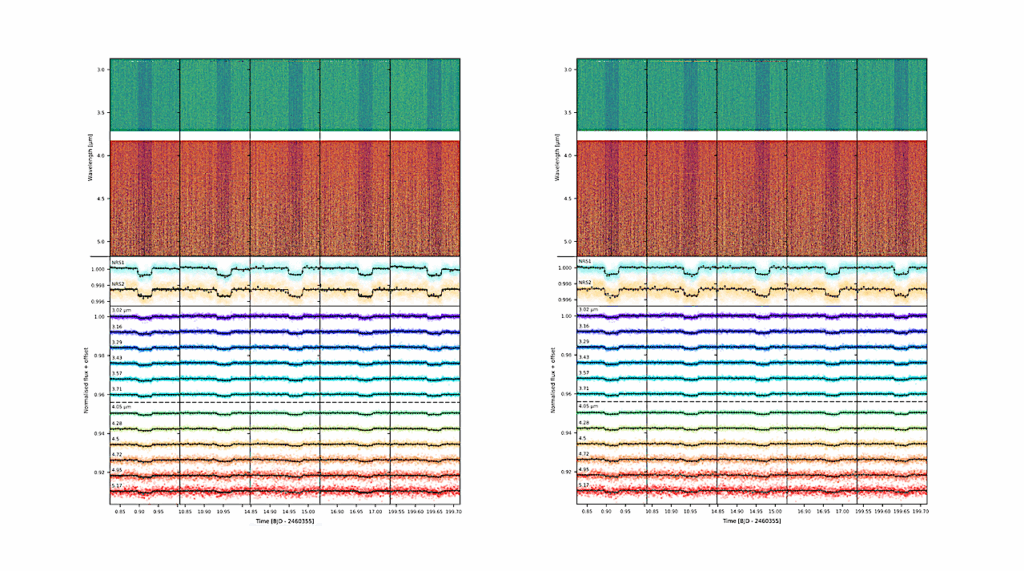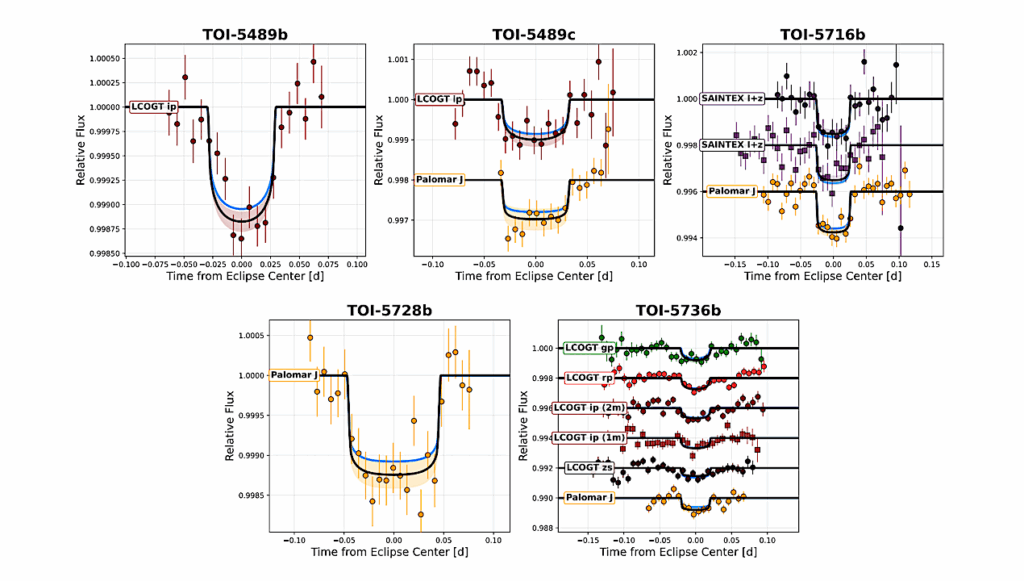MIRECLE: Science Yield for a Mid-IR Explorer-Class Mission To Study Non-Transiting Rocky Planets Orbiting The Nearest M-Stars Using Planetary Infrared Excess

Recent investigations have demonstrated the potential for utilizing a new observational and data analysis technique for studying the atmospheres of non-transiting exoplanets with combined light that relies on acquiring simultaneous, broad-wavelength spectra and resolving planetary infrared emission from the stellar spectrum through simultaneous fitting of the stellar and planetary spectral signatures.
This new data analysis technique, called Planetary Infrared Excess (PIE), holds the potential to open up the opportunity for measuring MIR phase curves of non-transiting rocky planets around the nearest stars with a relatively modest telescope aperture. We present simulations of the performance and science yield for a mission and instrument concept that we call the MIR Exoplanet CLimate Explorer (MIRECLE), a concept for a moderately-sized cryogenic telescope with broad wavelength coverage (1 – 18 um) and a low-resolution (R ~ 50) spectrograph designed for the simultaneous wavelength coverage and extreme flux measurement precision necessary to detect the emission from cool rocky planets with PIE.
We present exploratory simulations of the potential science yield for PIE measurements of the nearby planet Proxima Cen b, showing the potential to measure the composition and structure of an Earth-like atmosphere with a relatively modest observing time. We also present overall science yields for several mission architecture and performance metrics, and discuss the technical performance requirements and potential telescope and instrument technologies that could meet these requirements.
MIRECLE: Science Yield for a Mid-IR Explorer-Class Mission to Study Non-Transiting Rocky Planets Orbiting the Nearest M-Stars Using Planetary Infrared Excess
Avi M. Mandell, Jacob Lustig-Yaeger, Kevin Stevenson, Johannes Staguhn
Comments: Accepted to Astronomical Journal
Subjects: Earth and Planetary Astrophysics (astro-ph.EP); Instrumentation and Methods for Astrophysics (astro-ph.IM)
Cite as: arXiv:2207.13727 [astro-ph.EP] (or arXiv:2207.13727v1 [astro-ph.EP] for this version)
Submission history
From: Avi M. Mandell
[v1] Wed, 27 Jul 2022 18:07:05 UTC (19,281 KB)
https://arxiv.org/abs/2207.13727
Astrobiology,








